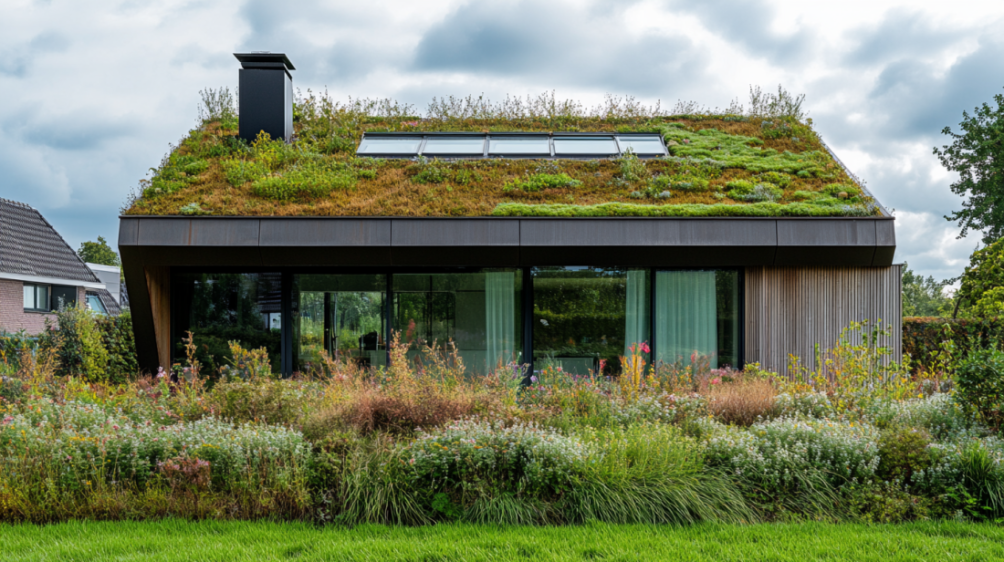
Over the weekend, central and eastern Europe have been enduring the devastating consequences of torrential rains. Floods have hit several countries, including the Czech Republic, Poland, and Austria, where authorities have reported the highest number of casualties so far. The heavy rains, caused by Storm Boris, have killed at least 19 people, leaving streets and entire neighborhoods underwater in some cities.
Why this is important
These extreme weather events have been impacting millions of people across the continent lately. According to the European State of the Climate Report, one-third of the river network experienced alarming flows that exceeded flood thresholds in 2023. Additionally, an estimated 1,6 million citizens were affected by widespread flooding in Europe, resulting in at least 44 deaths.
Experts have been warning the world about the potential effects of climate change. Yet, it is not possible to establish a direct connection between this phenomenon and the latest flooding episodes in central and eastern Europe.
As explained by Niko Wanders, lecturer in hydrology at Utrecht University, “What we can definitely say is that the probability of having these kinds of extreme events is increasing.”
Climate denial
Countries across the world have been struggling to counter the increasing occurrences of wildfires, extreme droughts, torrential rains, and flooding derived from global warming. Yet, some individuals still cast doubts about the existence of such a phenomenon and its effects on nature and society.
According to Wanders, who’s also an expert in hydrological extremes and climate change, we just have to look at the observational records to clearly identify the effects of climate change:
“Multiple large episodes of floods and droughts have been reported in Europe over the last five years, and the likelihood of these episodes happening without climate change is statistically impossible.”
“The magnitude of these events is unprecedented,” he explained, highlighting the importance of investing in mitigation options to deal with this “ongoing trend.”
Reinforcing protection
As the average global temperature rises, cities need to be prepared to mitigate the potential impacts of climate change, especially the harmful effects of floods. Naturally, rivers need space to overflow from time to time. However, human activities around riversides such as irregular chemical discharges, construction, and changes in regional vegetation can increase the amount of sediment that enters the stream.
“If we do not give rivers more space, the likelihood of flooding increases, making it almost impossible to avoid casualties and economic damages. And with climate change, that amount of space also needs to grow accordingly.”
In the Netherlands, the governmental program Room for the River ensures that rivers have more room to flood, reducing the risks of flooding in more than 30 locations across the country. By moving dykes further inland, lowering floodplains, and building flood channels, there is an expansion in rivers’ capacity to cope with high water levels.
Natural solutions
Furthermore, “built-up areas prone to flooding should be demobilized”, according to Wanders. One of the strategies to ease the consequences is to avoid building residences close to rivers because “these are natural places where rivers should flow”.
Another approach is to make sure that all the rainwater, that eventually causes floods, has time and ability to infiltrate into the ground. As Wanders illustrated, one possibility is investing in the construction of green roofs since they can hold more water than conventional roofs. By gradually draining rainwater, green roofs prevent the overload of sewer systems.
“If we let the water immediately go into the river, then it is more likely to result in floods. But if it slowly infiltrates into the groundwater, and then into the river stream, that could significantly reduce the potential flood impacts.”

Innovation against climate change
As extreme weather conditions become more frequent, it is essential to encounter practical solutions to make cities more resilient. In Groningen, the BuildinG Foundation has been developing sustainable innovations that can improve the quality of life and reduce the nuisance caused by climate change.
The facility, located in the Zernike Campus, has a climate testing ground where students from Hanze University of Applied Sciences and the University of Groningen together with companies and start-ups can work on innovative approaches to deal with climate change.
According to Piet Zijlstra, project leader at BuildinG, 25 innovations are currently being developed and researched at the climate testing ground, and the plan is to expand these numbers even further. In the context of climate adaptation, Zijlstra believes that searching for new solutions is crucial:
“It is very important to have this climate testing space. We show people what they can do to deal with the issues caused by climate change. There are many innovative techniques available and ready to be implemented.”
Sustainable techniques
Currently, BuildinG has some innovative products, focused on preventing rising water levels and floods, that are already being employed by the Dutch government and some municipalities:
- Water permeable asphalt
This innovative technique contains a foundation of hollow plastic balls derived from recycled material that helps in the absorption of water. In this way, drainage systems are no longer needed underneath the asphalt pavement as the material allows the storage of water.
- Water-passing concrete bricks
Commonly deployed in the construction of roads, cement bricks are not able to absorb rainwater. Besides that, the production of this material contributes to carbon dioxide emissions. As an alternative, BuildinG developed a permeable brick made with geopolymers. This material has a lower environmental impact and enables the collection of rainwater that slowly infiltrates into the ground.


